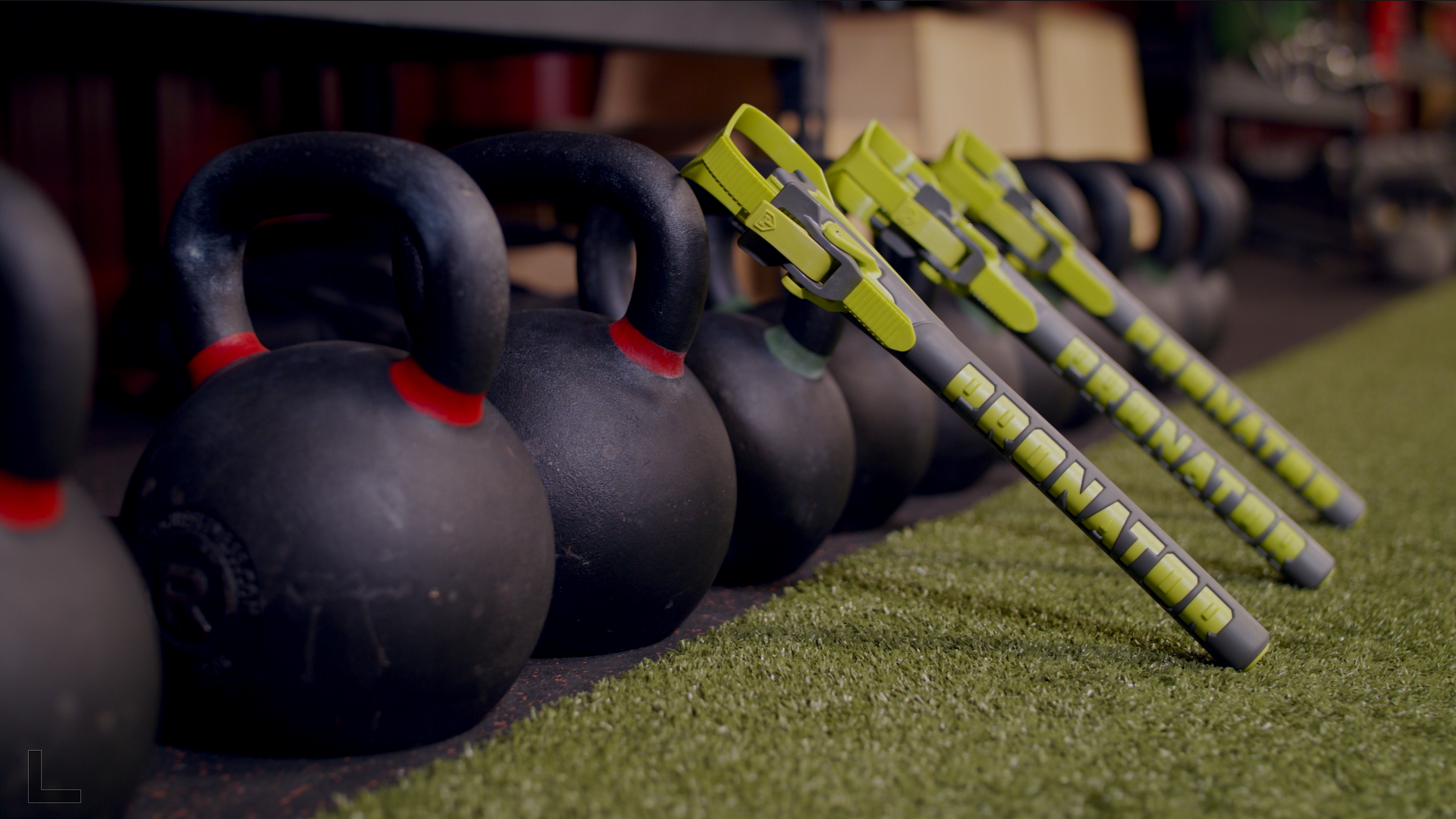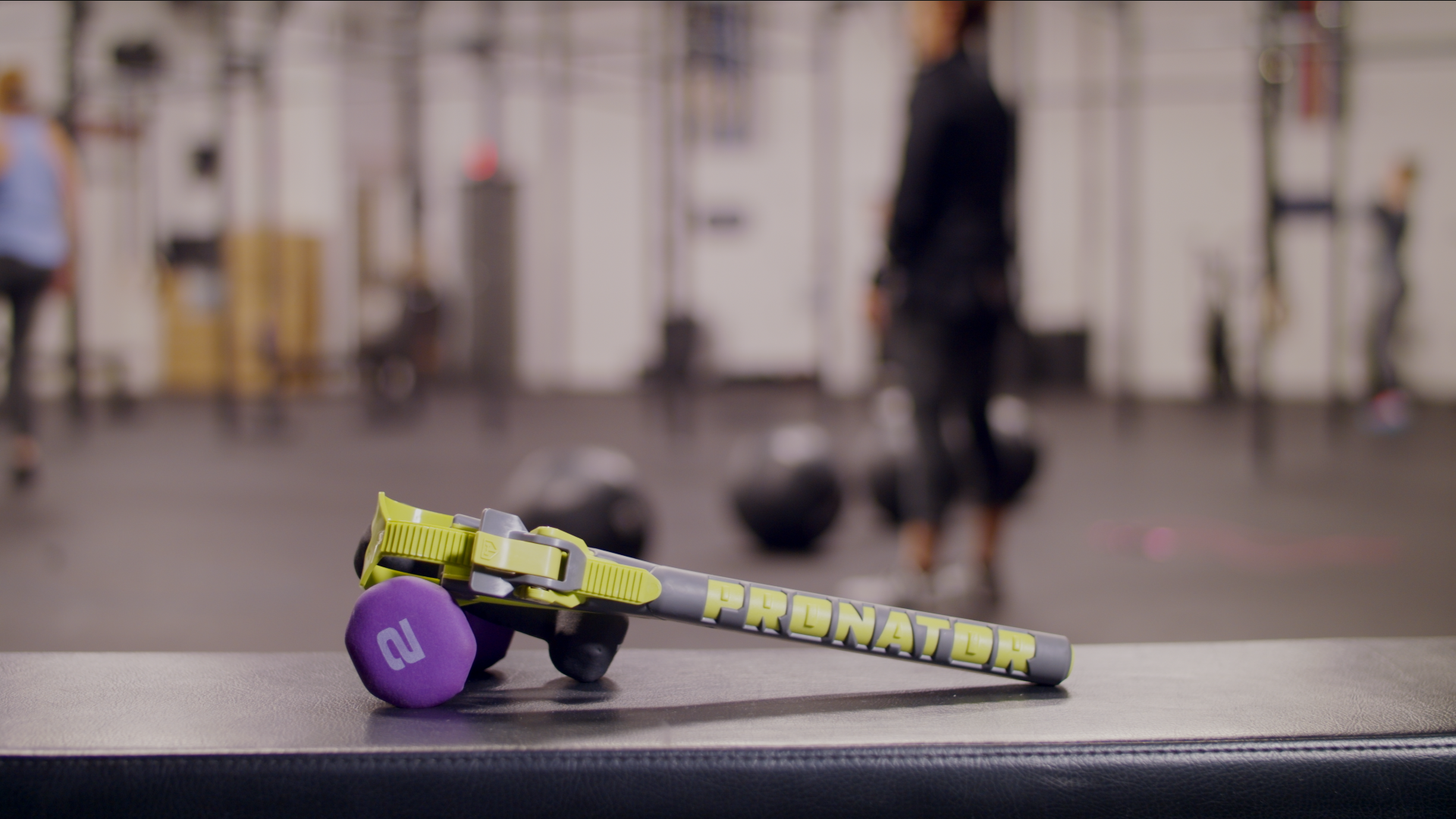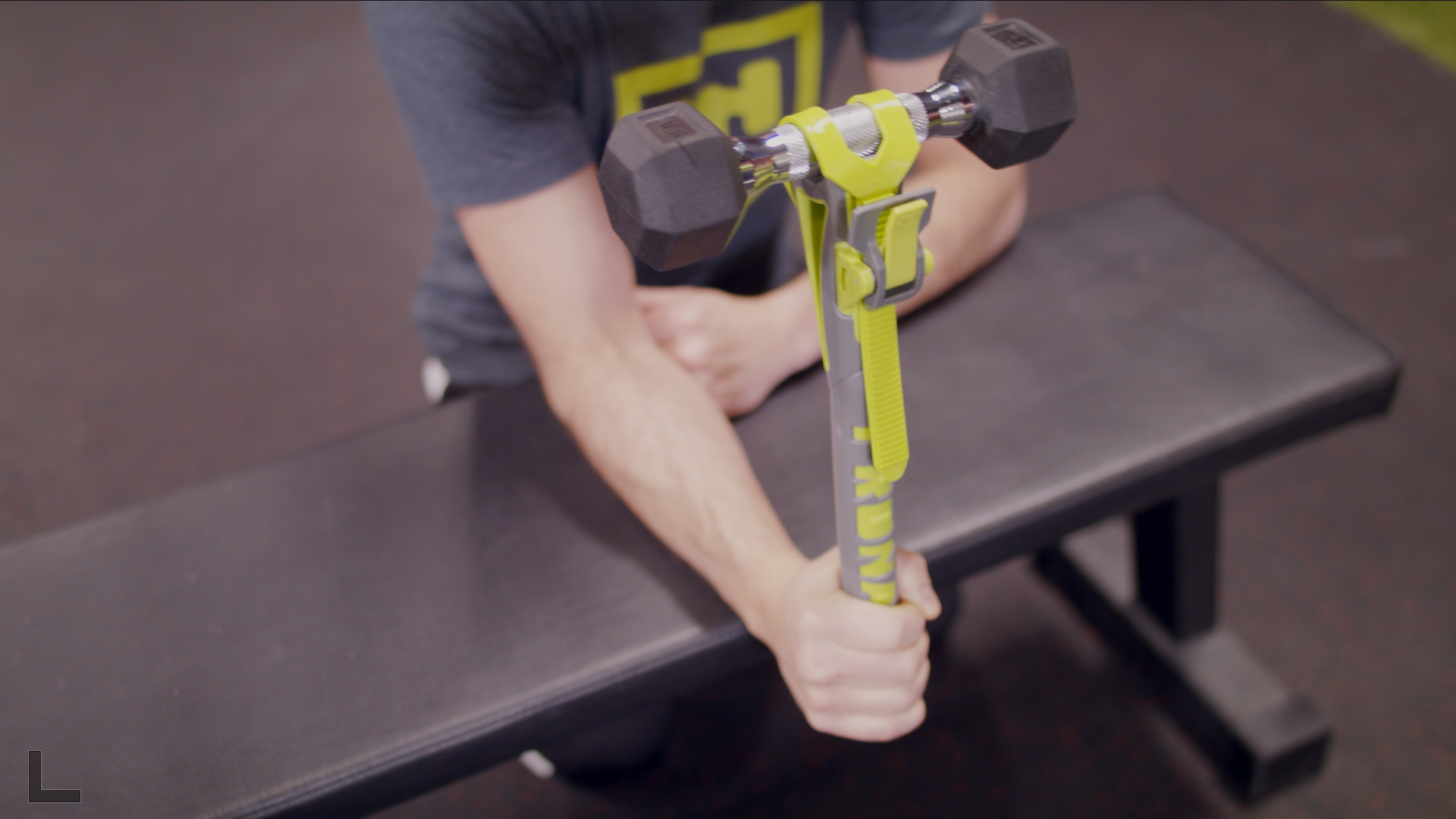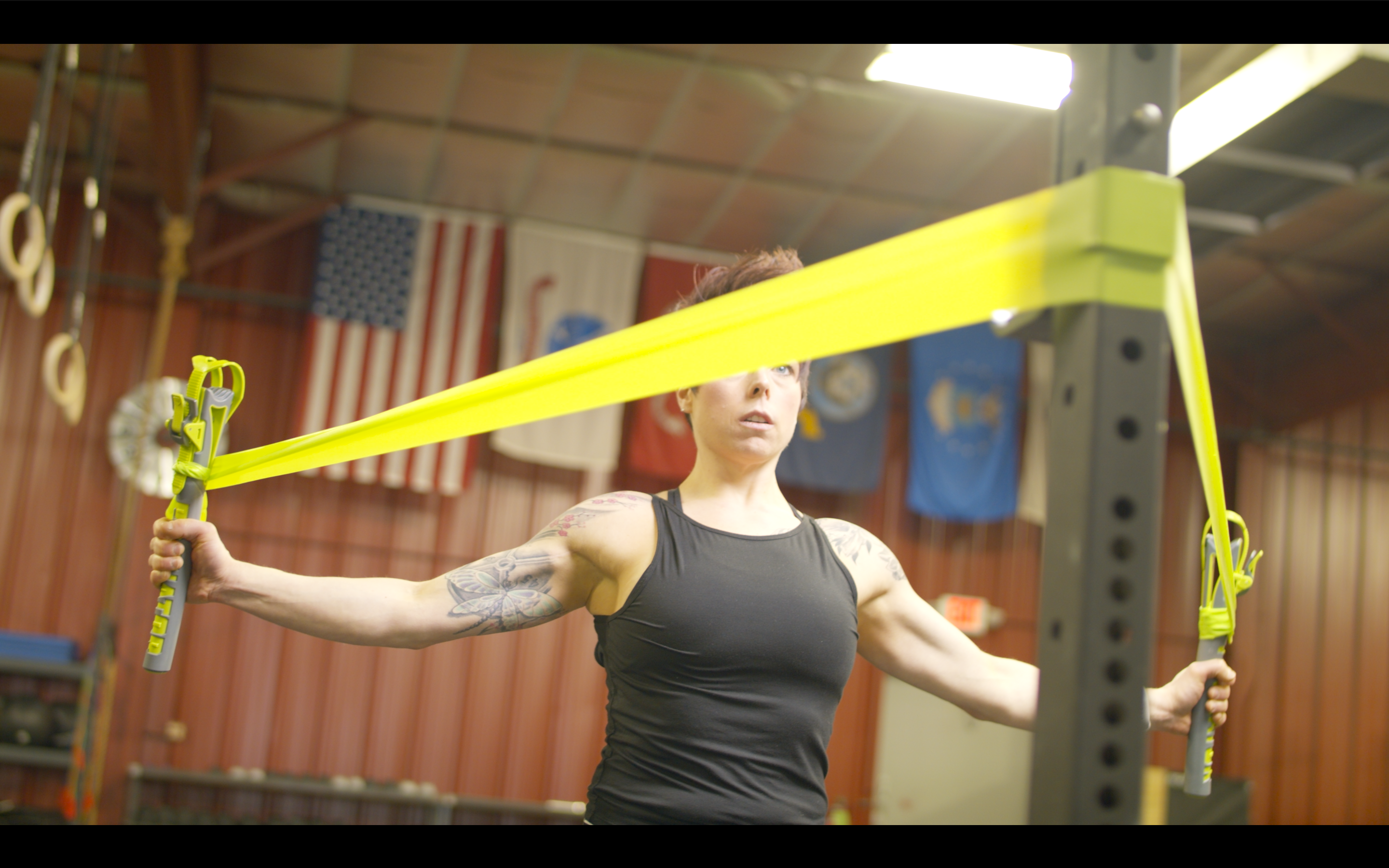 October 14, 2023
October 14, 2023
How do you build your pronator muscle?
Building the pronator muscle is essential for anyone looking to enhance forearm strength, improve grip, or engage in activities that require strong and stable forearms. This comprehensive blog post will explore various methods and exercises to effectively build your pronator muscles.
Introduction
The pronator muscles, located in the forearm, play a crucial role in rotating the forearm and turning the hand downwards. Strengthening these muscles can benefit athletes, fitness enthusiasts, and individuals recovering from injuries. This post will guide you through the anatomy of the pronator muscles, exercises to target them, and tips to integrate these exercises into your routine effectively.
Understanding the Pronator Muscles
Before diving into the exercises, let’s understand the anatomy. The forearm consists of two primary pronator muscles:
- Pronator Teres: This muscle starts at the elbow and extends across the forearm.
- Pronator Quadratus: Located near the wrist, it’s a deeper muscle and plays a key role in pronation.
Exercises to Build the Pronator Muscles
1. Pronation and Supination with a Dumbbell
- How to Do It: Sit with your forearm resting on your thigh, holding a dumbbell vertically in your hand. Rotate your wrist so the dumbbell moves in a windshield wiper motion.
- Repetitions: 3 sets of 10-15 reps on each arm.
2. Hammer Curls
- How to Do It: Stand with a dumbbell in each hand, palms facing your body. Curl the weights up while keeping your palms facing each other.
- Repetitions: 3 sets of 12-15 reps.
3. Wrist Roller
- How to Do It: Hold a wrist roller with both hands, arms extended in front of you. Roll the weight up and then unroll it in a controlled manner.
- Repetitions: 3 sets with as many rolls as possible.
4. Reverse Barbell Curls
- How to Do It: Hold a barbell with an overhand grip. Curl the barbell up towards your chest, keeping your elbows close to your body.
- Repetitions: 3 sets of 10-12 reps.
5. Towel Wring-Out (No Water)
- How to Do It: Hold a towel with both hands and twist it as if you’re wringing out water, first in one direction, then the other.
- Repetitions: 3 sets of 10-15 twists in each direction.
6. Resistance Band Pronation
- How to Do It: Attach a resistance band to a fixed object. Hold the band with your hand and rotate your wrist inward.
- Repetitions: 3 sets of 15 reps on each arm.
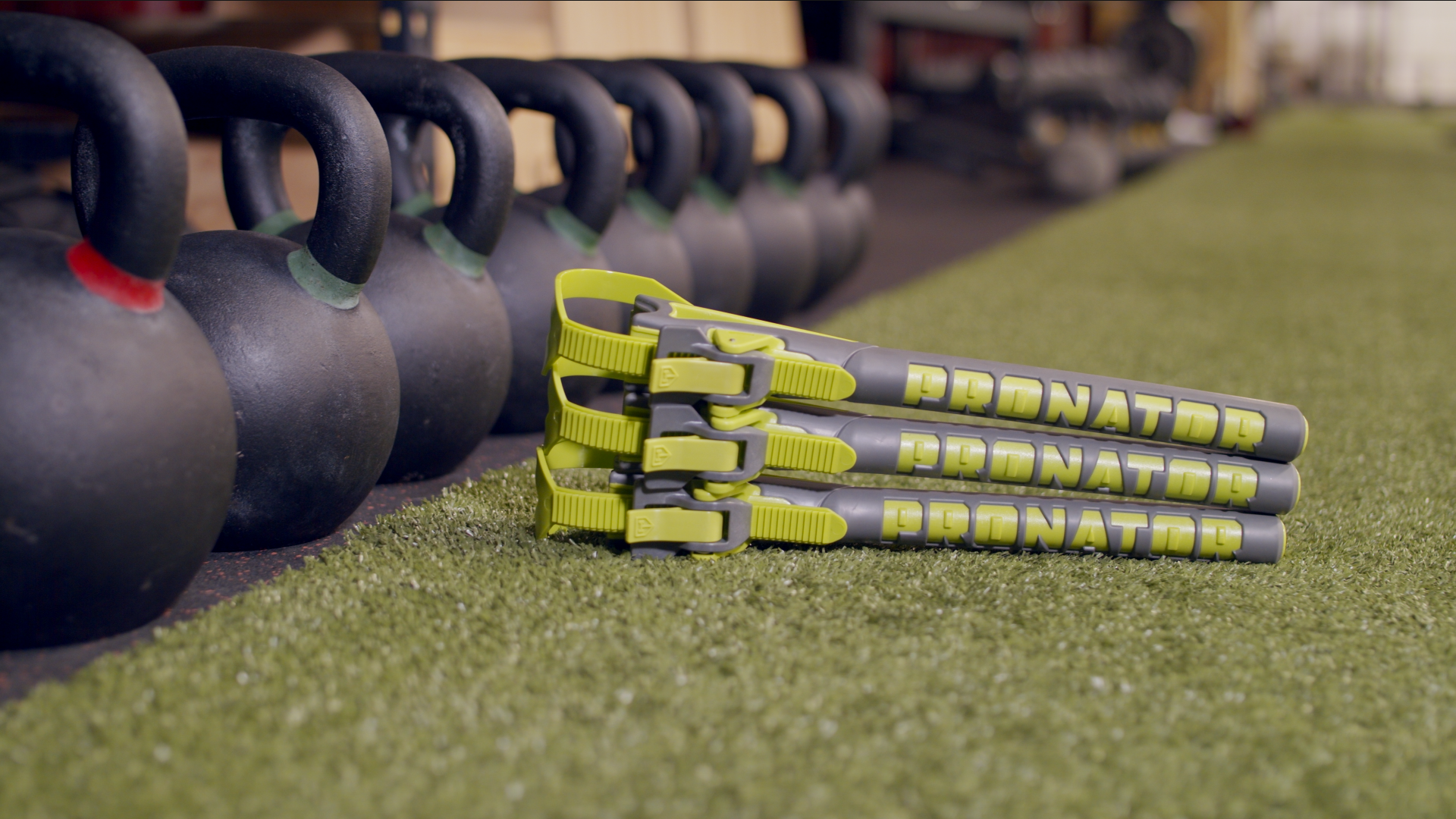
Incorporating Pronator Muscle Exercises into Your Routine
To effectively build your pronator muscles, consistency and proper technique are key. Here are some tips:
- Start with Lighter Weights: Focus on form rather than lifting heavy initially. This helps in preventing injuries.
- Consistency is Crucial: Incorporate these exercises into your routine 2-3 times a week for the best results.
- Balance Your Workouts: Work on both the pronator and supinator muscles for balanced forearm development.
- Warm-Up Properly: Engage in a general upper-body warm-up before starting these exercises.
Addressing Common Challenges
Building the pronator muscles can sometimes be challenging, especially for beginners or those recovering from an injury. Here are a few common challenges and how to address them:
- Wrist Pain: If certain movements cause wrist pain, modify the exercise or reduce the weight.
- Plateauing: To continue making progress, gradually increase the resistance or change the exercises.
- Overtraining: Listen to your body. If you feel excessive soreness or fatigue, give your muscles time to recover.
Advanced Techniques for Building Pronator Muscles
For those who have been training their pronator muscles for a while and are looking for advanced techniques, consider the following:
- Eccentric Training: Slow down the negative phase of your lifts to increase muscle engagement.
- Supersets: Combine two or more exercises back-to-back with little to no rest in between.
- Isometric Holds: Add holds at the peak contraction of an exercise for added intensity.
Nutrition and Recovery
Building muscle isn’t just about exercise. Proper nutrition and recovery play a crucial role. Ensure your diet is rich in protein and balanced in carbohydrates and fats. Stay hydrated and get enough sleep to aid in muscle recovery and growth.
Conclusion
Building the pronator muscles requires dedication, proper technique, and a balanced approach. By integrating a variety of exercises into your routine, focusing on both strength and flexibility.
THE PRONATORStarts at JUST $74.95!
- 1 Year FULL WARRANTY
- Used by NCAA, NFL, NBA & MLB
- Customer Satisfaction Guarentee

